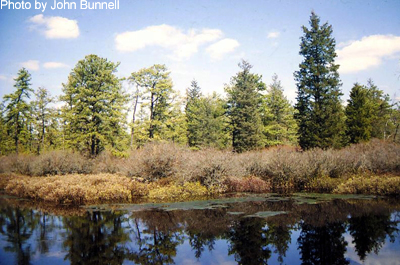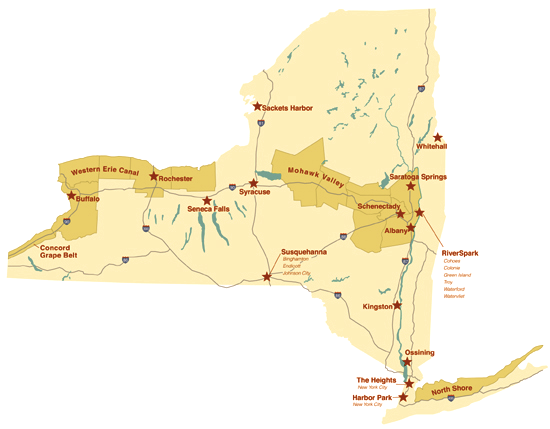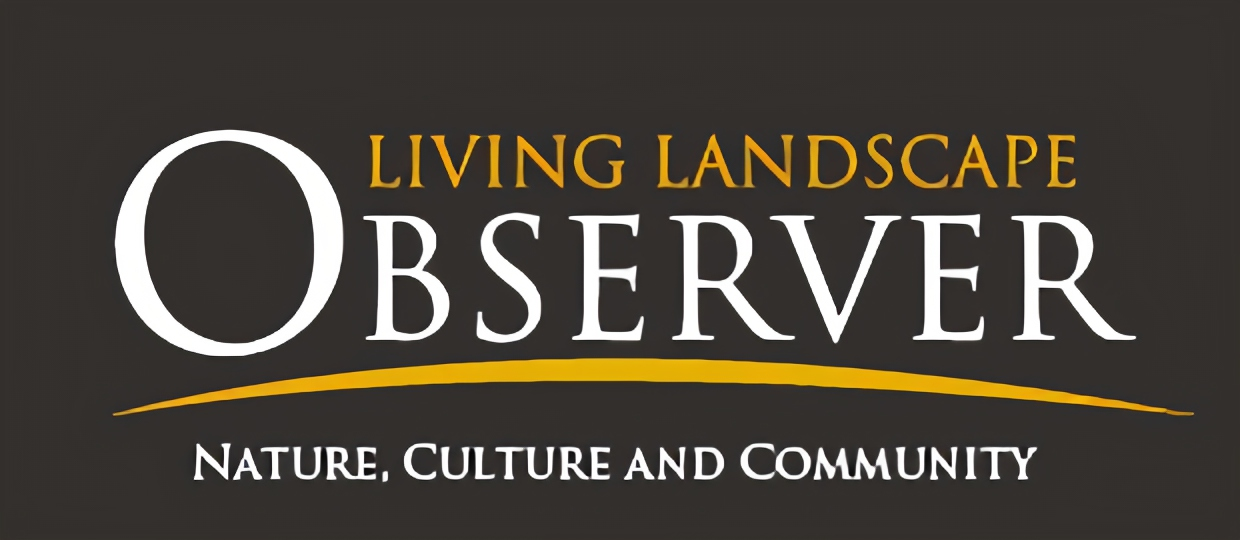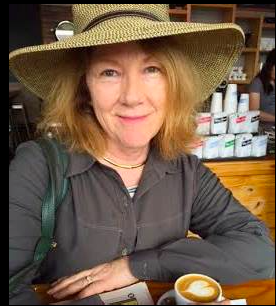To provide observations and information on the emerging fields of landscape scale conservation, heritage preservation, and sustainable community development.
Newsletter
Stay up-to-date with the latest nature, culture and community news.
We won’t spam you or share your information. Newsletters are sent approximately 10 times a year. Unsubscribe at any time.
Twitter Tips
Some great twitter tips to consider when utilizing your social media accounts from the manager of the @landscapeobserv twitter account.

Biosphere Reserves: A Second Chance for the United States?
Biosphere reserves serve as special places for testing interdisciplinary approaches to understanding and managing changes and interactions between social and ecological systems, including conflict prevention and management of biodiversity.
However, for many years now the biosphere reserve program in the US has been dormant. Learn about new efforts to re-invigorate the initiative.

New York State Parks: Funding Heritage Innovation
Urban cultural parks and heritage areas have a history that now dates back almost four decades, yet they often still struggle to receive adequate and predictable support at the local, state and federal levels. Why do programs so often touted as the future of conservation and preservation receive so little support from agencies and public officials charged with managing their funding?

Can Parks Organizations Continue to Ignore Social Values in Landscape Stewardship?
“Social value” is not a term that national park organizations in the United States, Canada and New Zealand have tended to use with much frequency, reserving it almost exclusively for discussions of the distant past, rather than for more recent and contemporary place attachments and community networks. How can social values or the “values of people” be better incorporated into national park management policies, such that agencies move beyond lip service and actually include various publics in meaninful decision-making processes.
Building Partnerships for Landscape Stewardship
This post is part of the “Sustainable Futures for Europe’s Heritage in Cultural Landscapes” project (HERCULES), which seeks to empower public and private actors to protect and sustainably manage cultural landscapes that possess significant cultural, socio-economic, historical, natural and archaeological value, at a local, national and Pan-European level. The blog serves as a digital platform, which seeks to highlight research, to engage practitioners from the field, to showcase best practices, and contribute to discussions.
Twitter Tips
Some great twitter tips to consider when utilizing your social media accounts from the manager of the @landscapeobserv twitter account.

Biosphere Reserves: A Second Chance for the United States?
Biosphere reserves serve as special places for testing interdisciplinary approaches to understanding and managing changes and interactions between social and ecological systems, including conflict prevention and management of biodiversity.
However, for many years now the biosphere reserve program in the US has been dormant. Learn about new efforts to re-invigorate the initiative.

New York State Parks: Funding Heritage Innovation
Urban cultural parks and heritage areas have a history that now dates back almost four decades, yet they often still struggle to receive adequate and predictable support at the local, state and federal levels. Why do programs so often touted as the future of conservation and preservation receive so little support from agencies and public officials charged with managing their funding?

Can Parks Organizations Continue to Ignore Social Values in Landscape Stewardship?
“Social value” is not a term that national park organizations in the United States, Canada and New Zealand have tended to use with much frequency, reserving it almost exclusively for discussions of the distant past, rather than for more recent and contemporary place attachments and community networks. How can social values or the “values of people” be better incorporated into national park management policies, such that agencies move beyond lip service and actually include various publics in meaninful decision-making processes.
Building Partnerships for Landscape Stewardship
This post is part of the “Sustainable Futures for Europe’s Heritage in Cultural Landscapes” project (HERCULES), which seeks to empower public and private actors to protect and sustainably manage cultural landscapes that possess significant cultural, socio-economic, historical, natural and archaeological value, at a local, national and Pan-European level. The blog serves as a digital platform, which seeks to highlight research, to engage practitioners from the field, to showcase best practices, and contribute to discussions.


